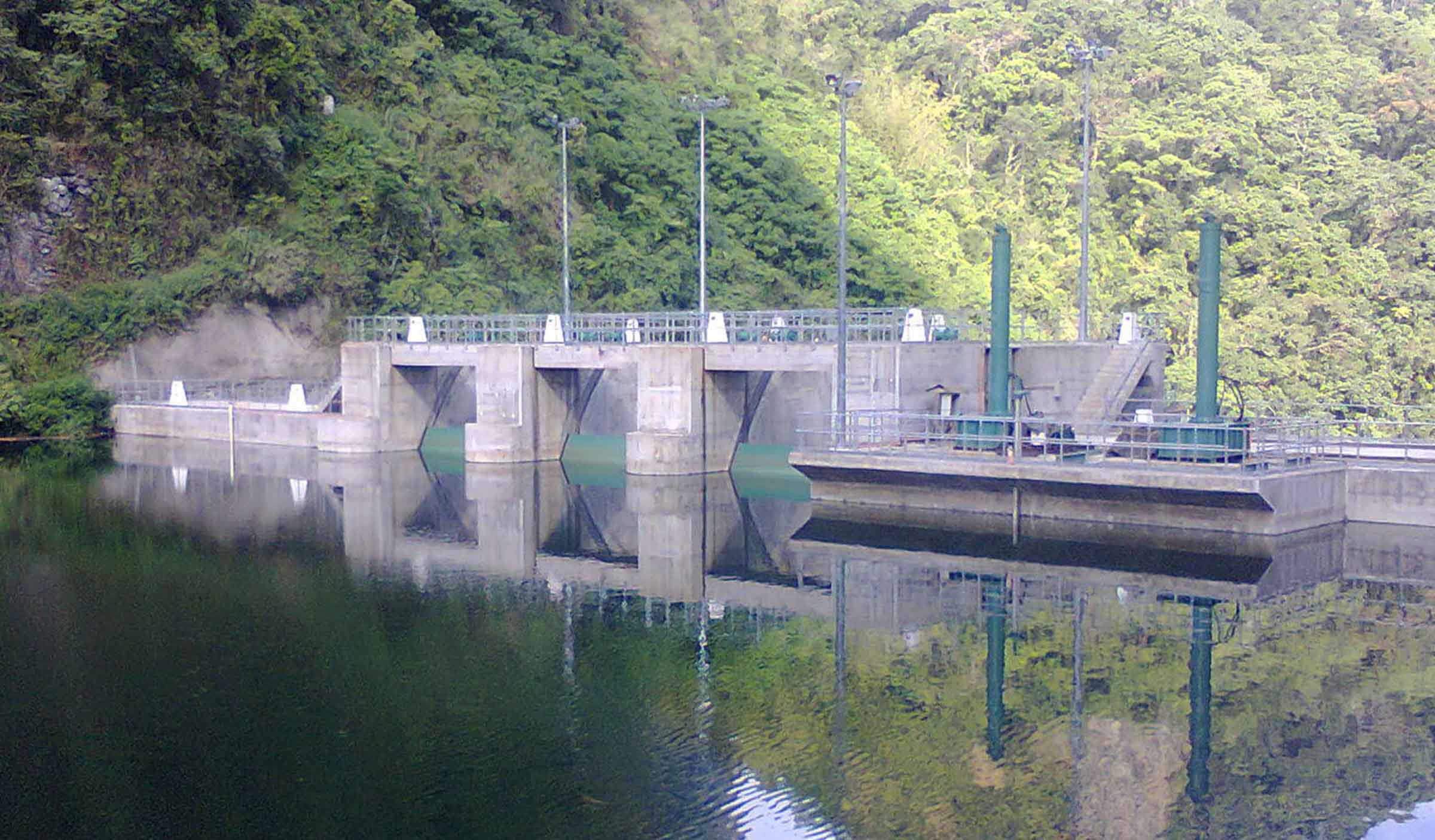- Location
- Wellington, New Zealand
- Offices
-
-
Client
-
-
Wellington Water
-
- Location
- Wellington, New Zealand
- Offices
- Client
-
- Wellington Water
Share
Exploratory Harbor Bores
Wellingtonians are acutely aware of the looming threat of "the big one," a severe earthquake that would damage critical infrastructure including power and water services. In particular, the city’s major water feed pipes are located alongside State Highway 2 (sitting precariously on top of a main faultline). The pipes are predicted to fail in 30 places in a 7.6 magnitude quake, and parts of Wellington are likely to be without water for up to 100 days after an event like this.
There were multiple options including another pipe route, or tapping into a potential underwater aquifer.
Starting with a desktop study and seismic survey, our teams set out to identify any fatal flaws that would stop development or utilisation of the potential underwater aquifer. We also looked at optimal locations to drill the test bores. After completing two exploratory bores (approximately 1.6 miles apart), logging over 492 feet of retrieved core data to inform the 3D geological model, we confirmed the aquifer’s location as expected—and the water was treatable.
With the discovery of treatable fresh water, the team and the city of Wellington can continue exploring the viability of this alternate source of water. Something to have in case of emergency. Estimates hold that this extra source would reduce time without water for locals from 100 days to 30 or fewer.
- Location
- Wellington, New Zealand
- Offices
-
-
Client
-
-
Wellington Water
-
- Location
- Wellington, New Zealand
- Offices
- Client
-
- Wellington Water
Share
Andrew Craig, Practice Leader, Flood Risk Management
I help clients understand the risks and impacts of flooding and develop resilient solutions to manage uncertainty and climate change.
Ioannis Antonopoulos, Technical Director
Caring for our communities means learning all we can about the land and geology where people live and work.
We’re better together
-
Become a client
Partner with us today to change how tomorrow looks. You’re exactly what’s needed to help us make it happen in your community.
-
Design your career
Work with passionate people who are experts in their field. Our teams love what they do and are driven by how their work makes an impact on the communities they serve.























